Key Features:
1. 260-Watt Power Handling
- High Power Output: The speaker system is designed to handle up to 260 watts (usually expressed as peak power) and may have an RMS (Root Mean Square) rating of around 80-100 watts. This power rating indicates the speaker’s ability to handle loud volumes without distortion.
- Efficient Performance: The high power-handling capacity means that these speakers are capable of producing clear, crisp sound even at high volumes. The RMS rating helps ensure that they can play loud, high-fidelity audio continuously without risk of damage.
2. 2-Way Coaxial Speaker Configuration
- Coaxial Design: A coaxial speaker means the woofer (the larger driver for low frequencies) and the tweeter (smaller driver for high frequencies) are mounted on the same axis (centered), which allows for a simpler installation, as well as more compact design. This configuration is ideal for people looking to improve their sound system without requiring additional components.
- 2-Way System: The term 2-way refers to the fact that the speaker separates the audio into two frequency ranges: bass (handled by the woofer) and treble (handled by the tweeter). This is a more advanced setup than a single full-range speaker, as it allows each driver to focus on a specific range of frequencies, improving sound clarity and overall performance.
3. Bass Woofer
- Dedicated Bass Woofer: The inclusion of a bass woofer means that the system is specifically designed to handle low-frequency sounds such as bass, giving the music depth and impact. This woofer is typically a larger driver in size, designed to move more air and produce deeper, more powerful bass notes.
- Enhanced Low-End Performance: The bass woofer’s performance ensures that low-frequency sounds like kick drums, basslines, and rumbling effects in music are heard with richness and punch. This makes it perfect for genres like hip-hop, rock, EDM, or any music style where bass is important.
4. High-Fidelity Sound Quality
- Improved Clarity and Detail: The 2-way component design allows for better sound separation, meaning higher clarity and less distortion. The tweeters handle high-frequency sounds like vocals and cymbals, while the woofers take care of the lower, deeper notes.
- Better Soundstage: A component speaker setup can offer a better soundstage (the illusion of where sounds are coming from), making music feel more immersive and natural. Coaxial designs still offer good staging, but true component speakers (separate woofer and tweeter) can outperform them if you want a more high-end setup.
5. Wide Frequency Range
- Broad Frequency Response: The combination of a bass woofer and tweeter typically provides a wide frequency response, meaning it can reproduce both very low and very high sounds with accuracy. This wide range ensures that all types of music are played with balance and clarity, whether it’s the deep bass of a subwoofer or the sharp notes of a violin.
6. Easy Installation
- Space-Efficient Design: The coaxial configuration means that installation is more straightforward than with a full component system, which typically requires separate mounting for the woofer and tweeter. You only need to mount the speaker, and the system does the work of splitting the audio signal internally.
- Versatile Fit: These speakers are typically designed to fit standard 6.5-inch or 5.25-inch mounting locations in most cars, making them compatible with a wide variety of vehicles and audio setups.
7. Durability and Material Construction
- High-Quality Materials: These speakers are typically constructed with durable materials such as polypropylene cones, rubber surrounds, and stamped steel or plastic frames. These materials are built to withstand high output levels, temperature variations, and the vibrations caused by powerful bass.
- Long-Lasting Performance: The durable design ensures that these speakers will continue to deliver quality audio over time, even under the stress of continuous loud music or rough driving conditions.
8. Crossovers
- Integrated Crossovers: Many 2-way coaxial speakers have built-in crossovers that divide the audio signal between the woofer and tweeter. The crossover ensures that the correct frequencies are sent to each driver, preventing distortion and making the most of each speaker’s capabilities.
- Improved Frequency Management: This ensures that the low frequencies go to the woofer, and the high frequencies are sent to the tweeter, allowing each driver to work in its optimal range for superior sound quality.



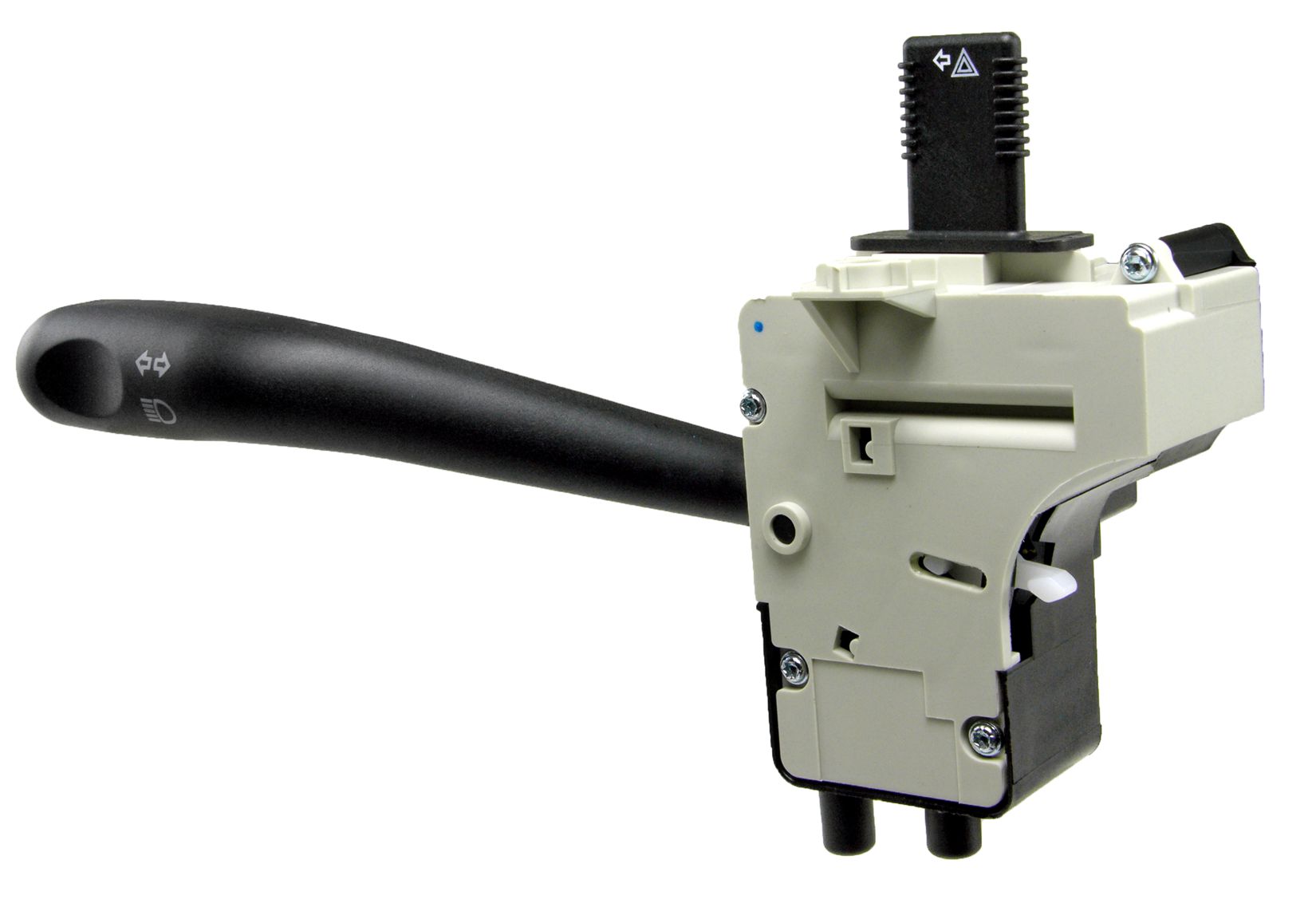
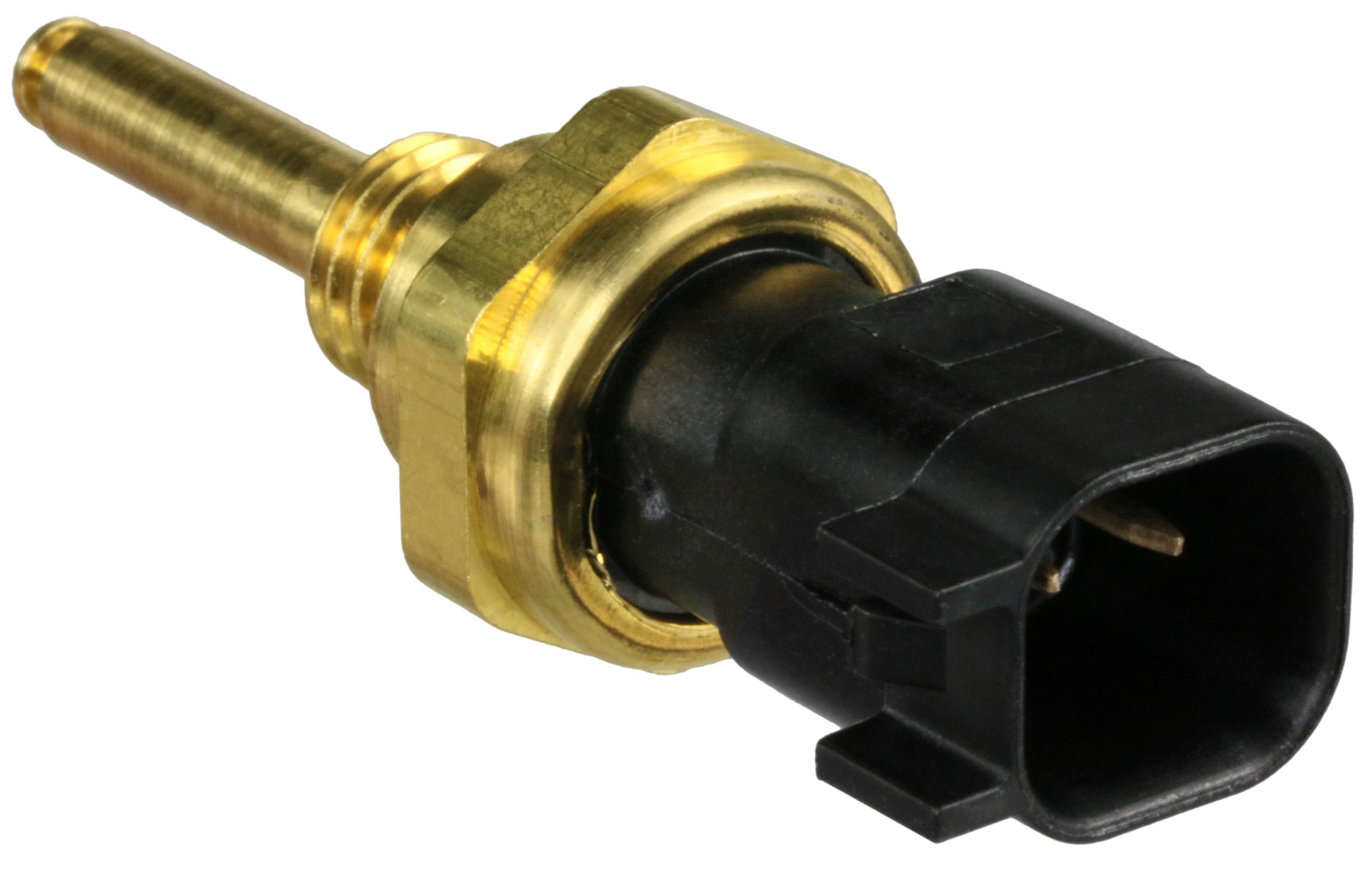
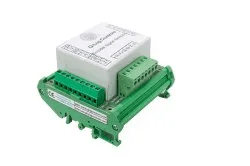
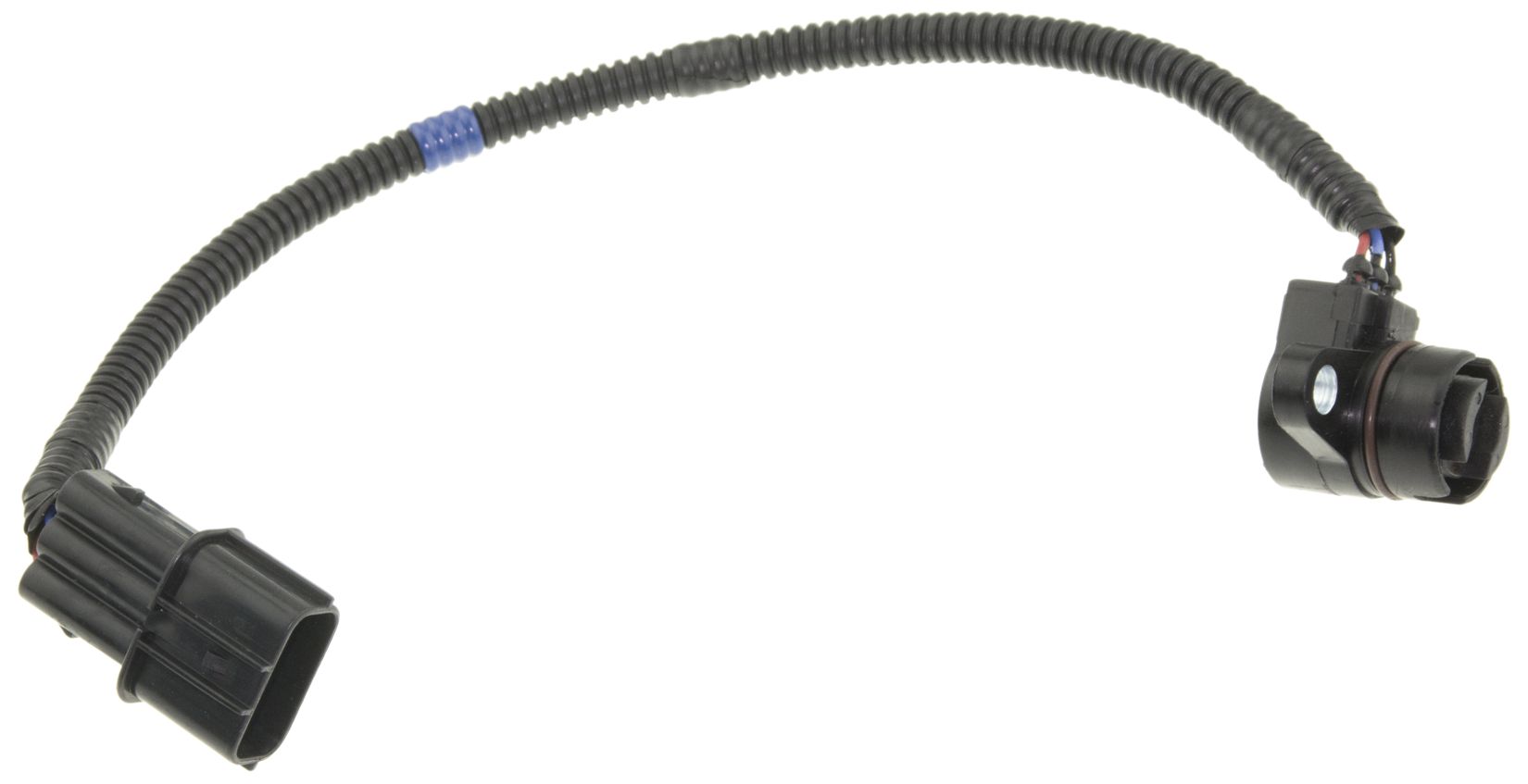
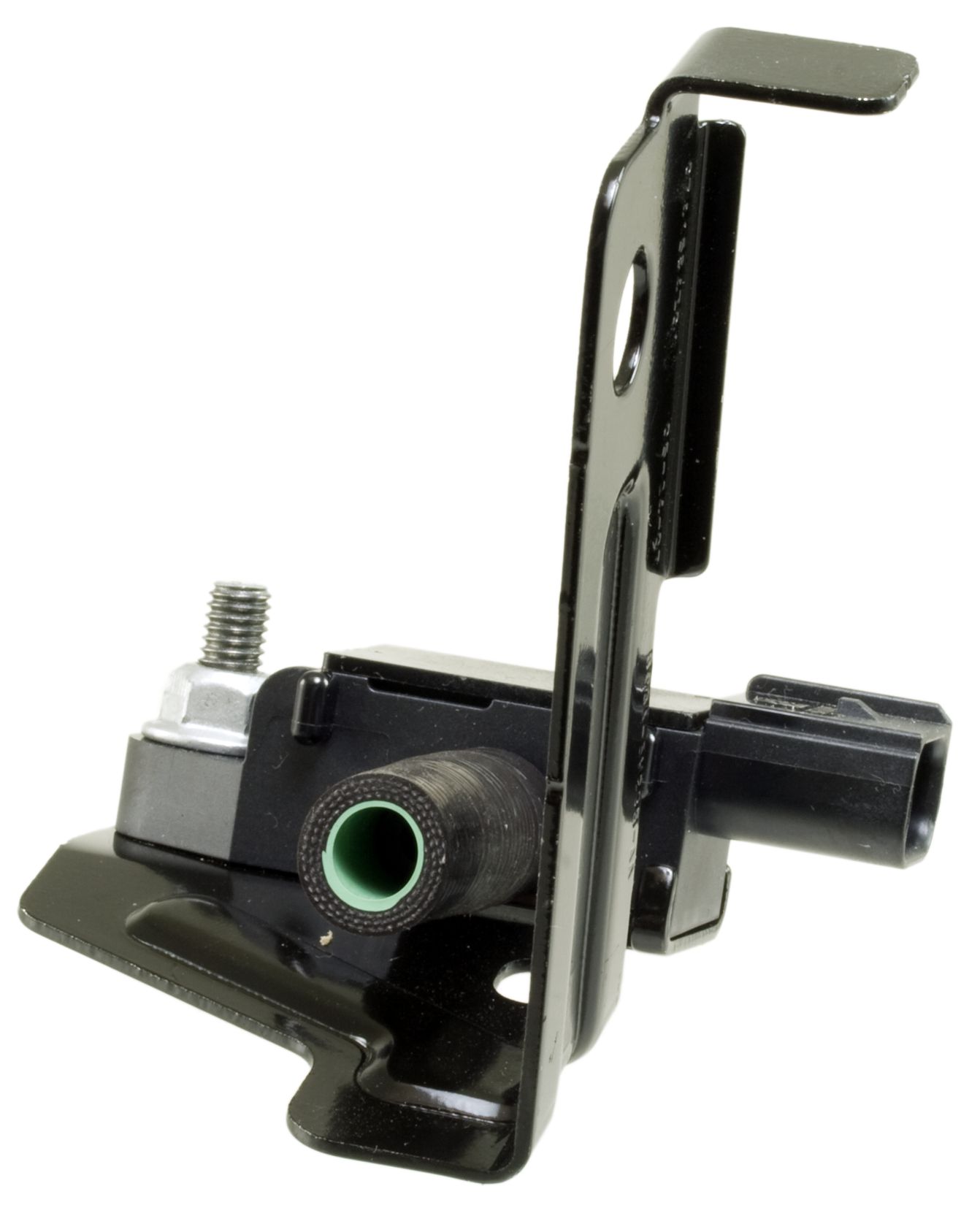

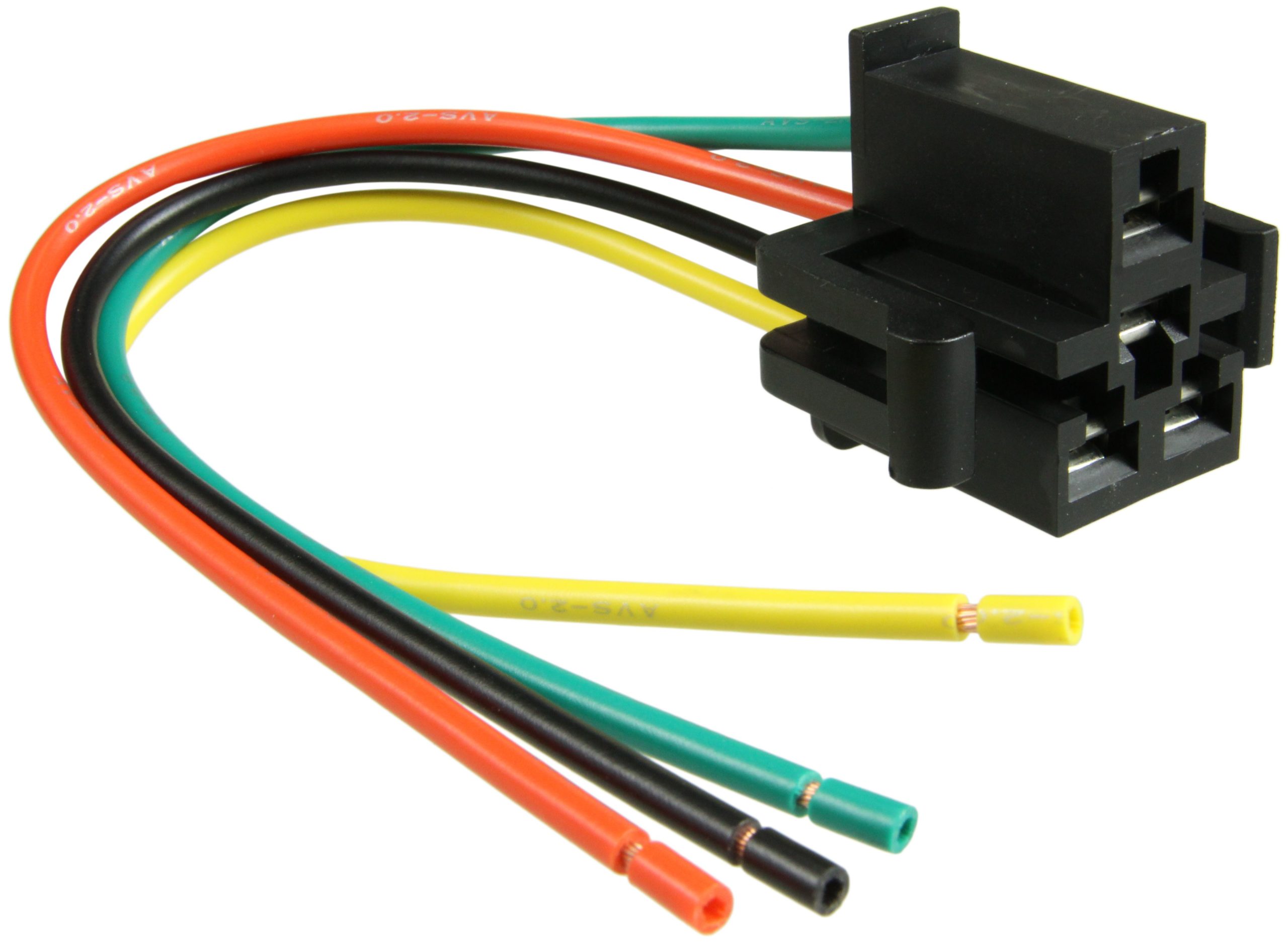
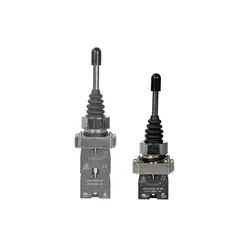
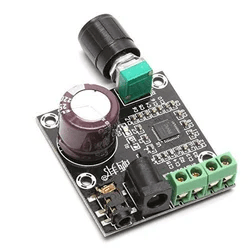

There are no reviews yet.